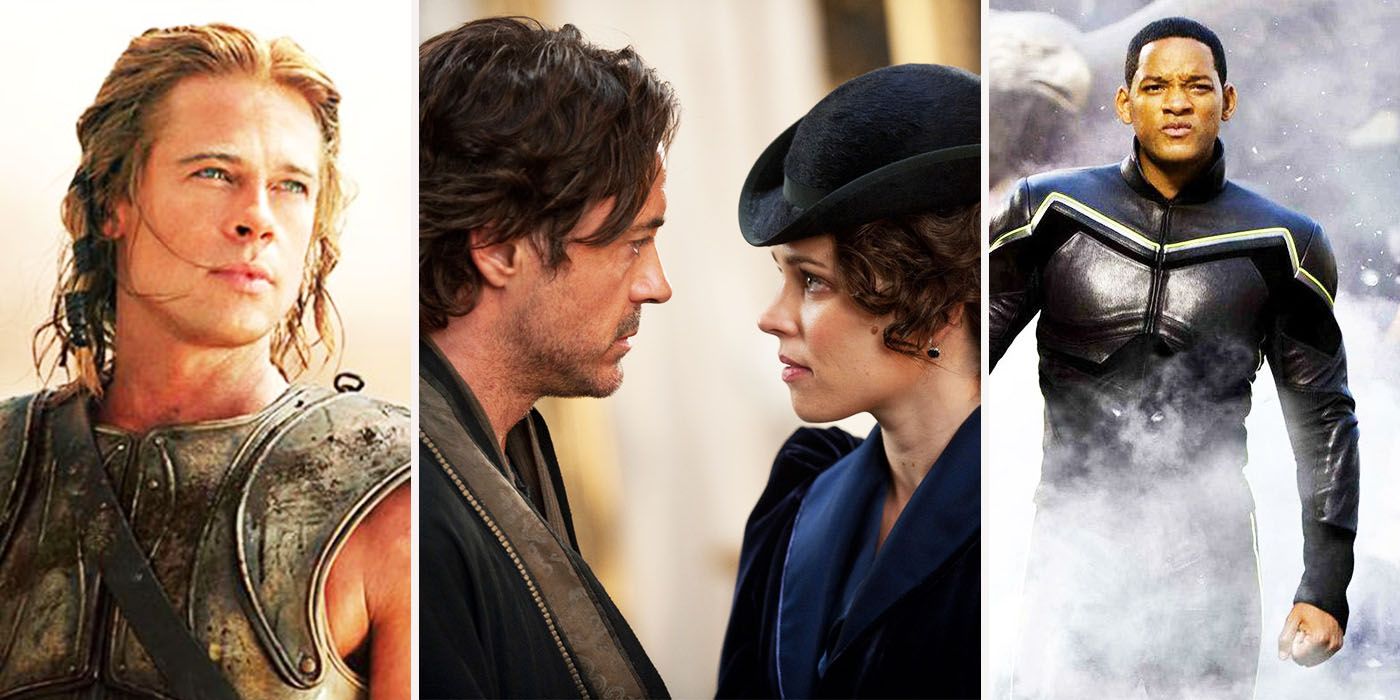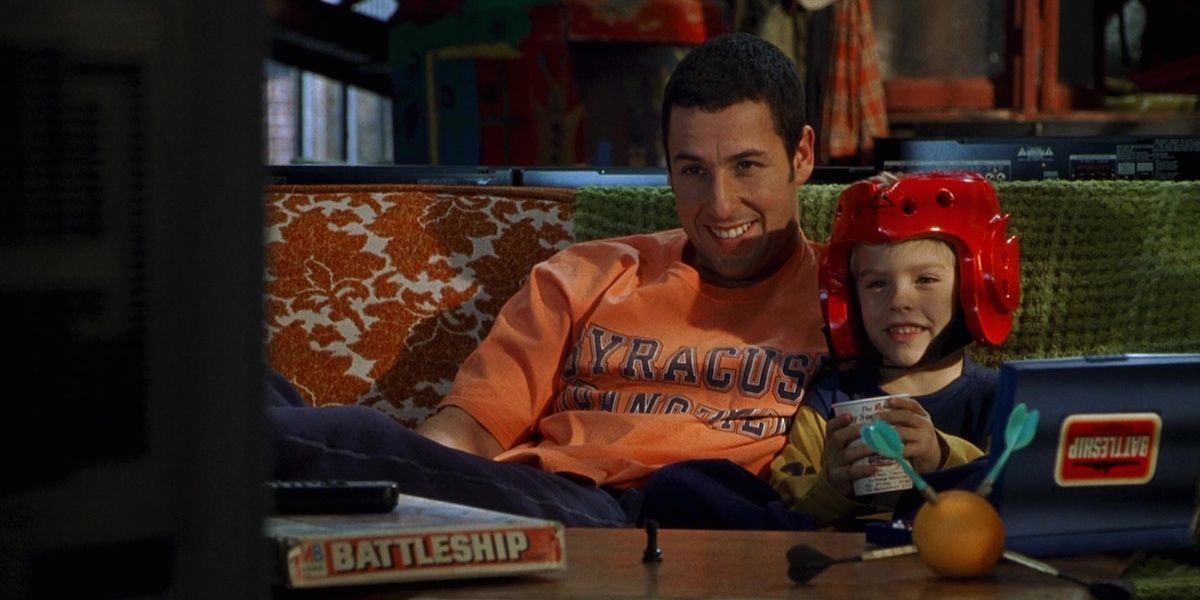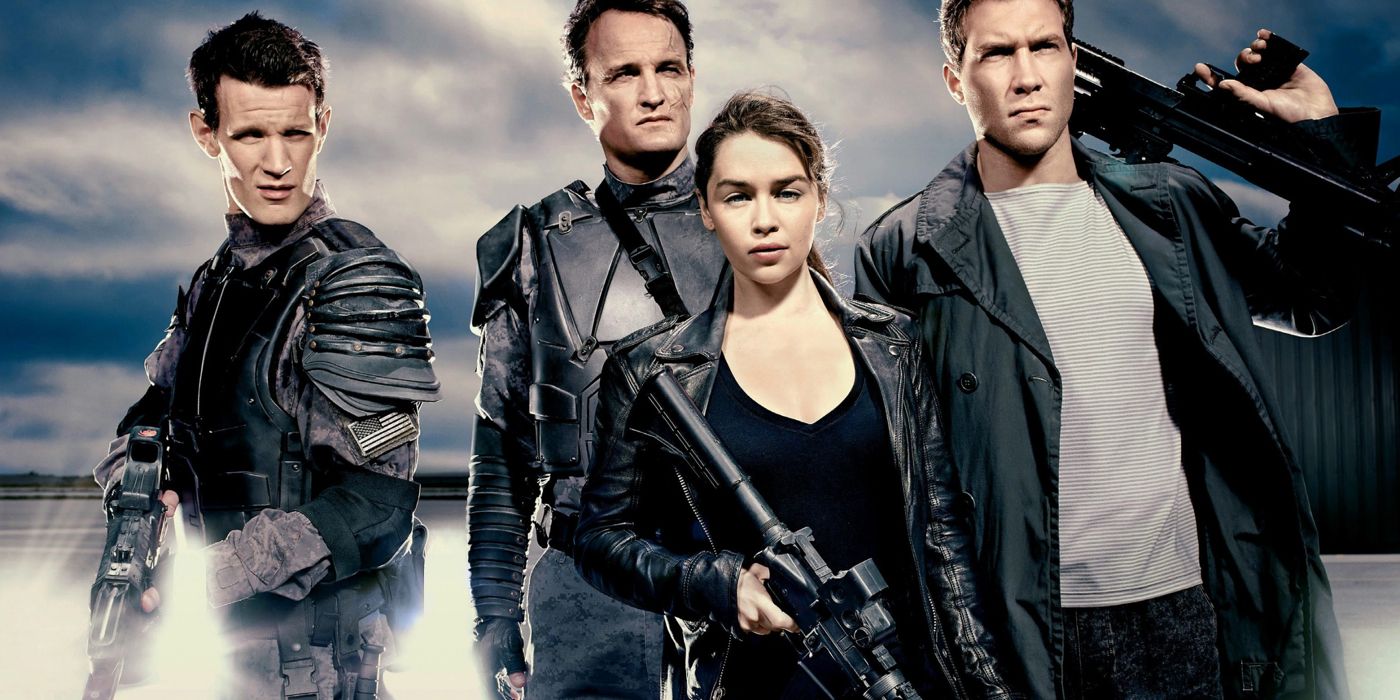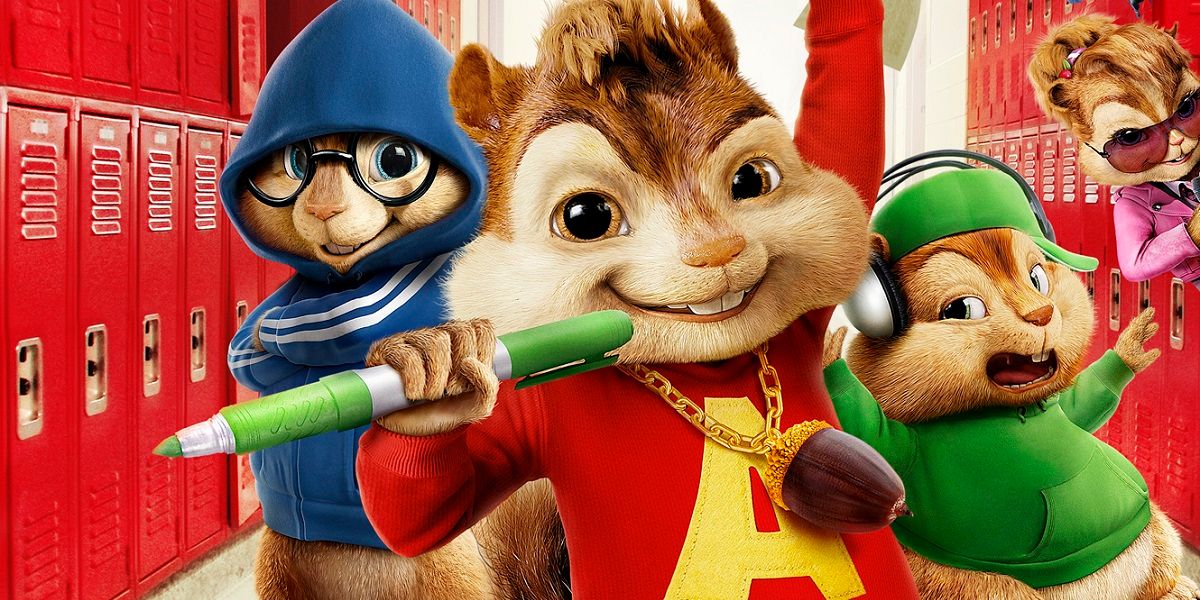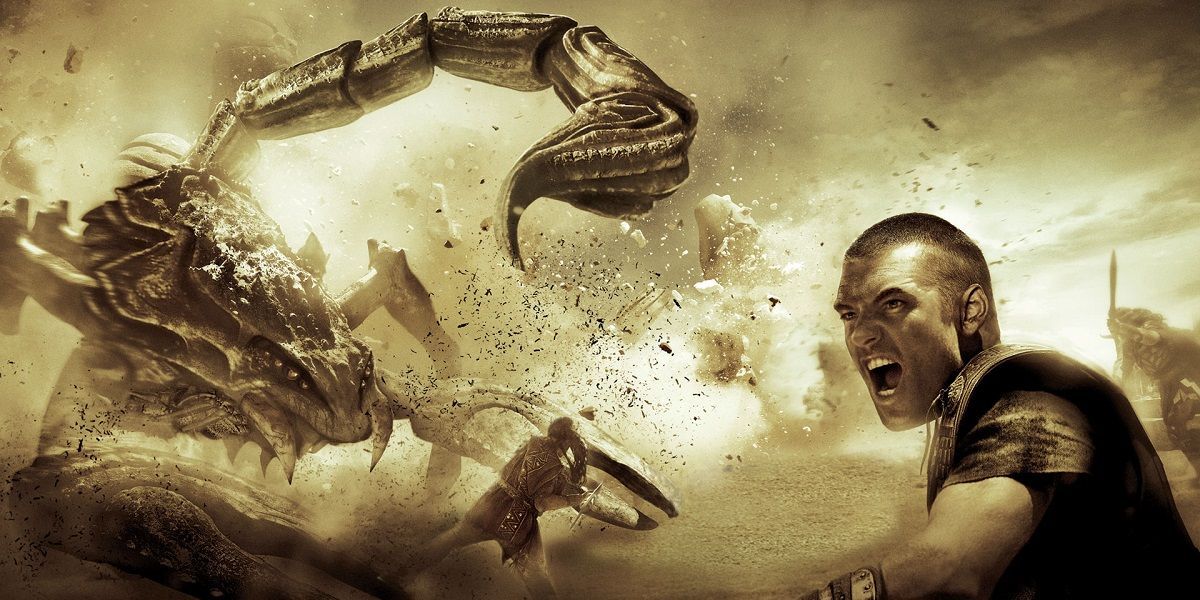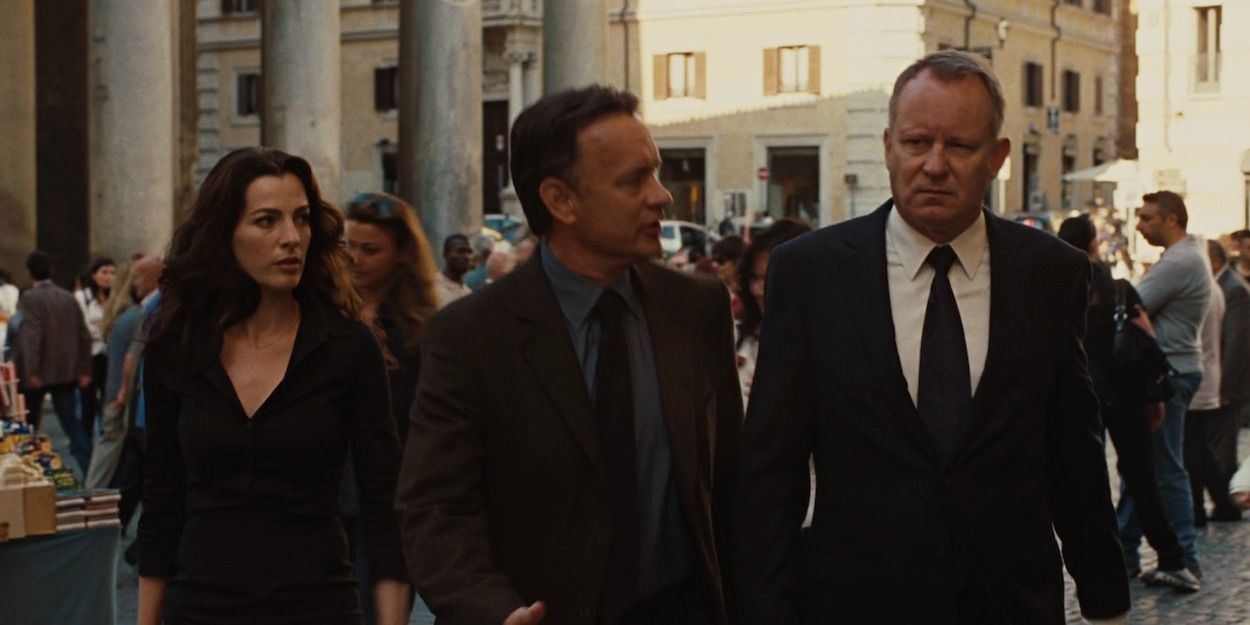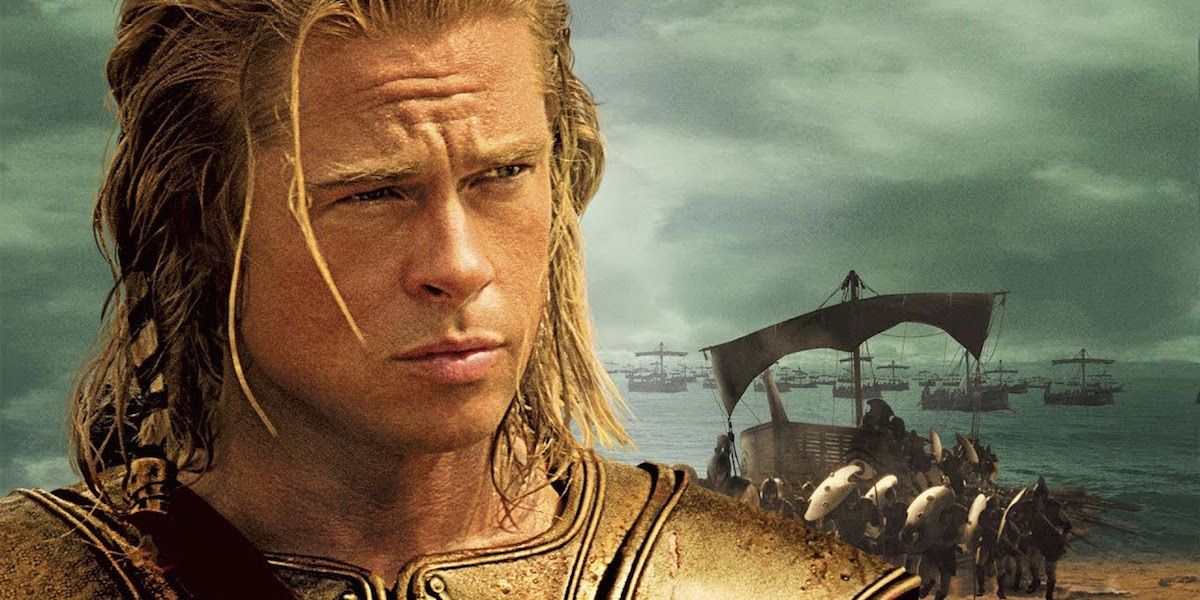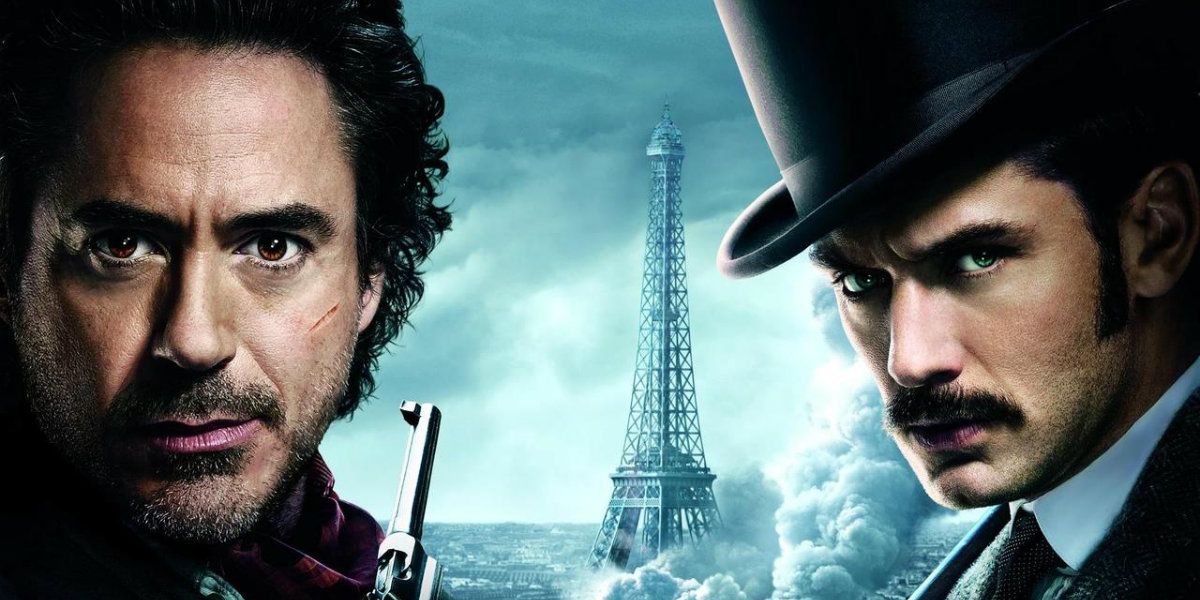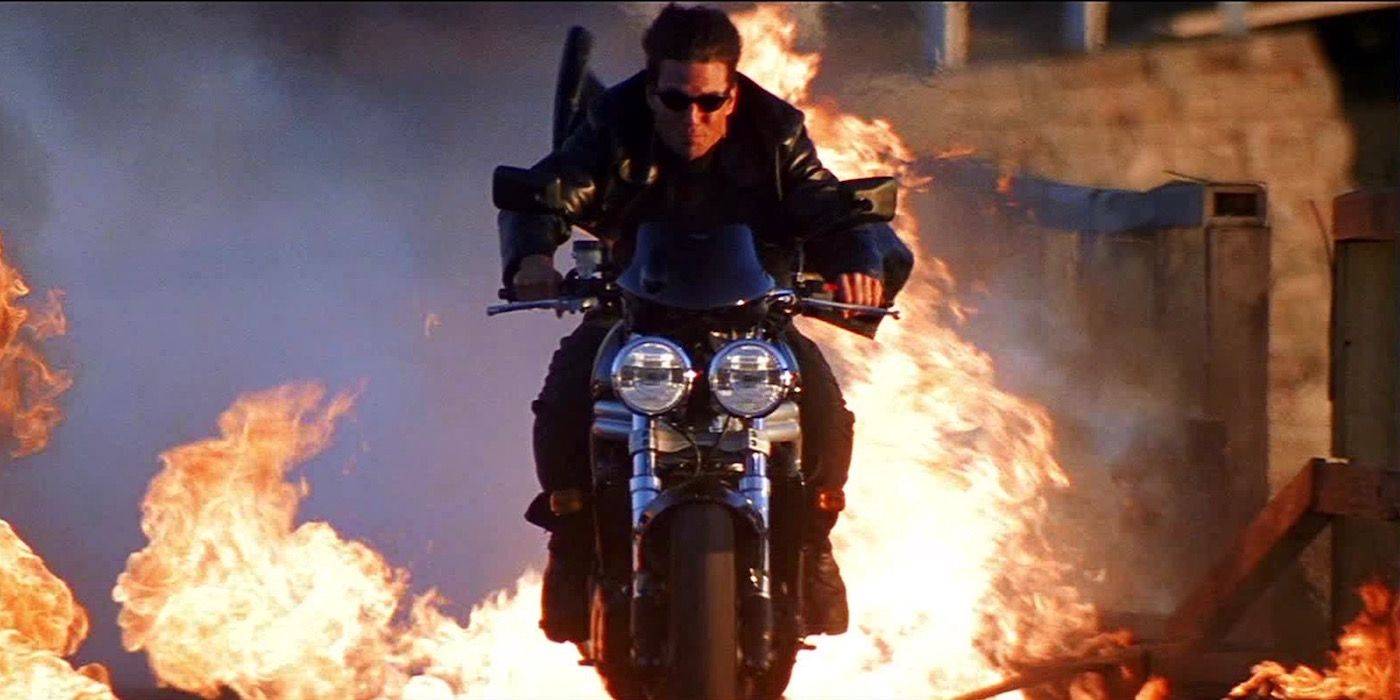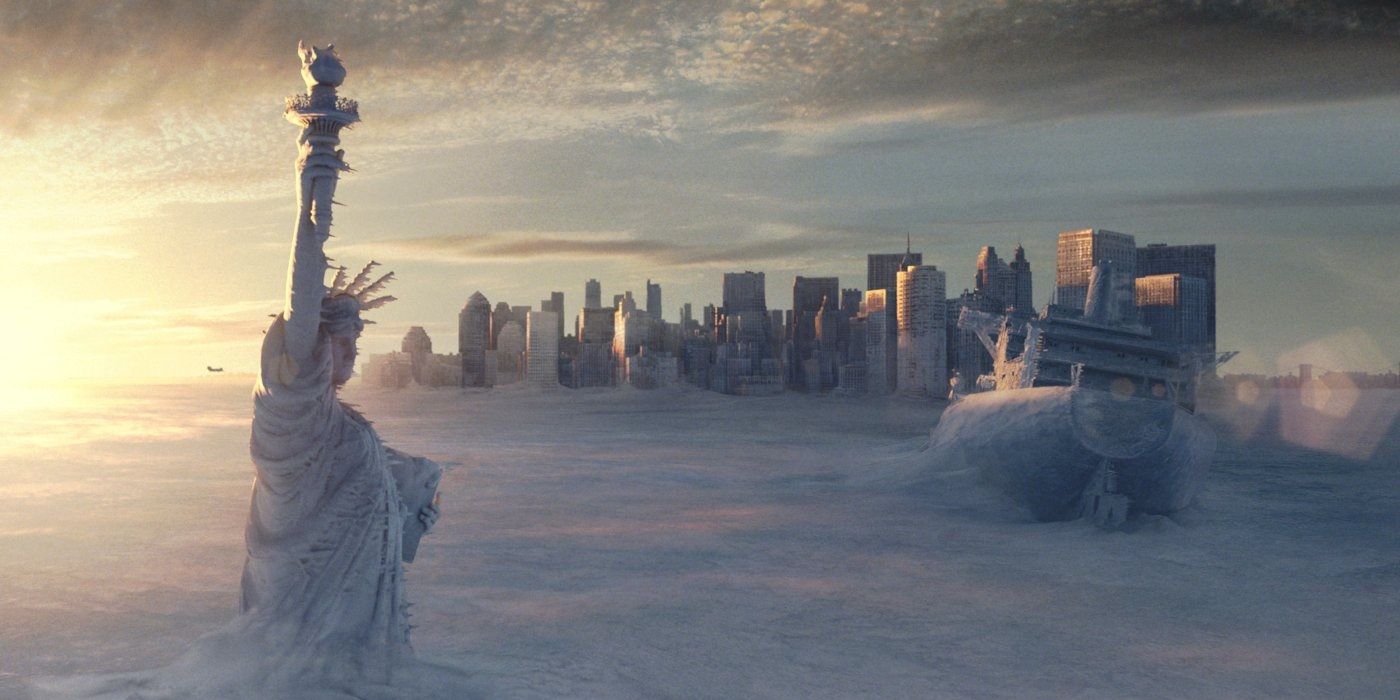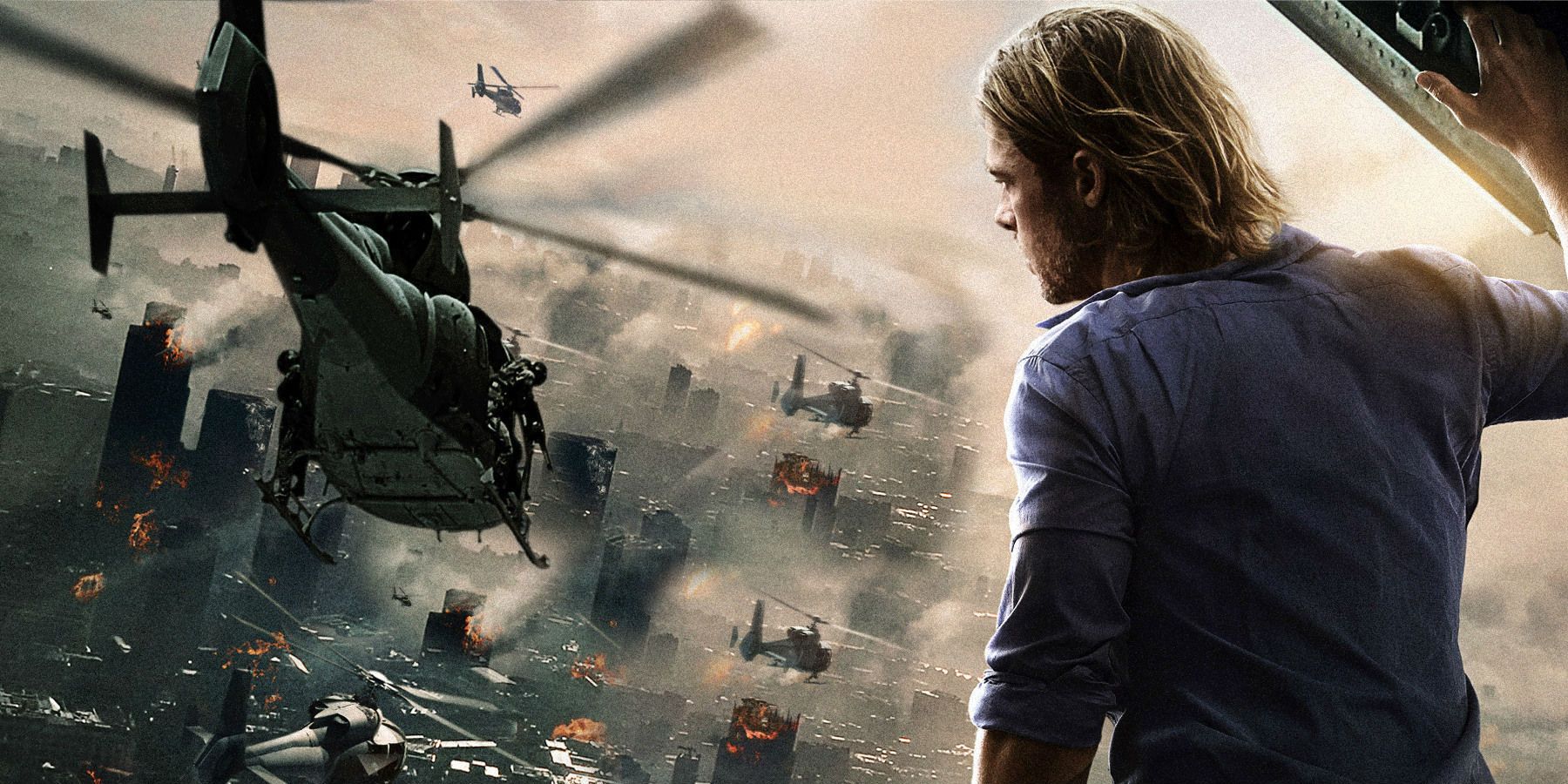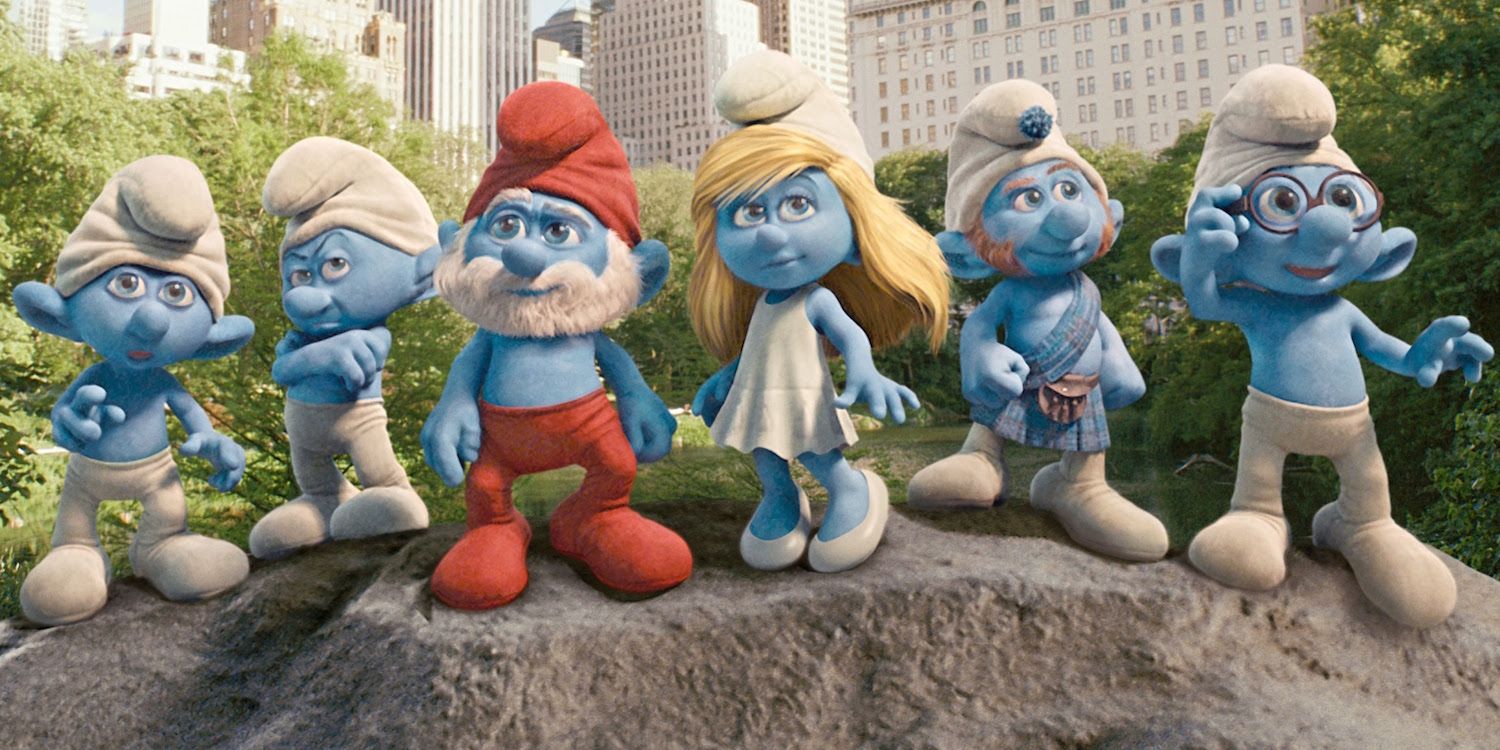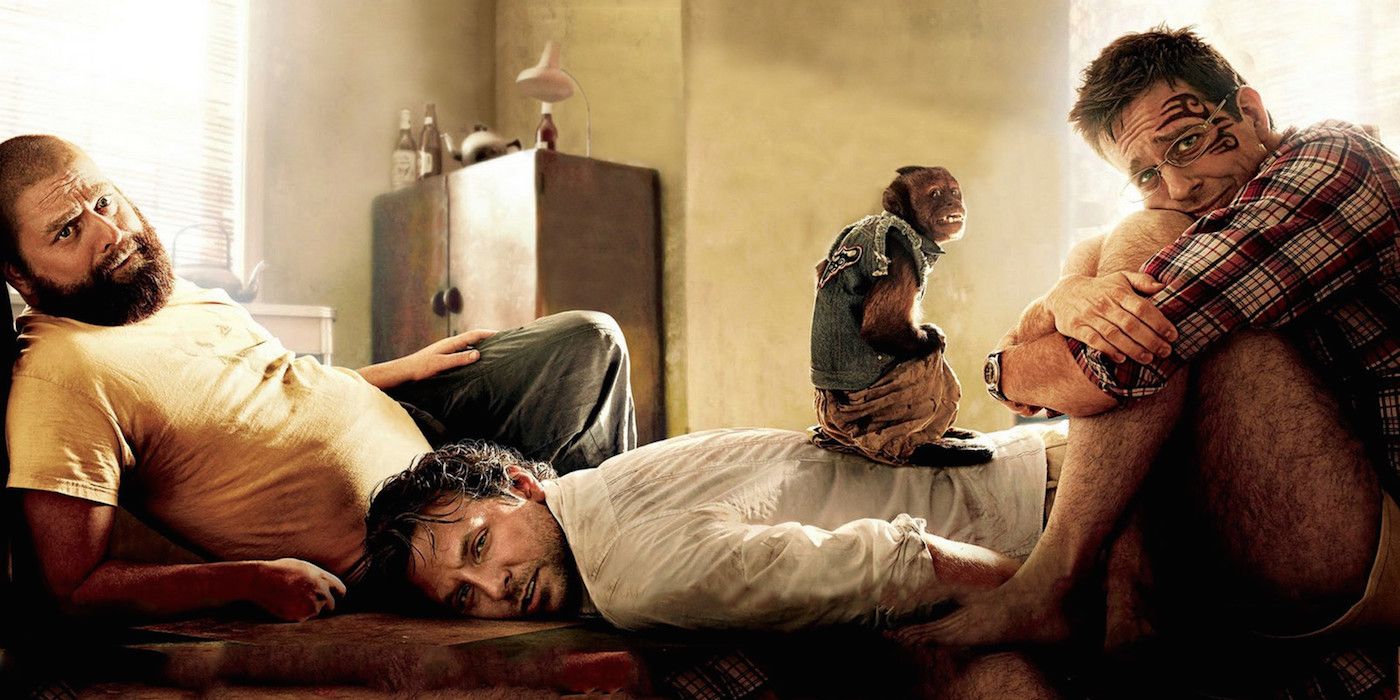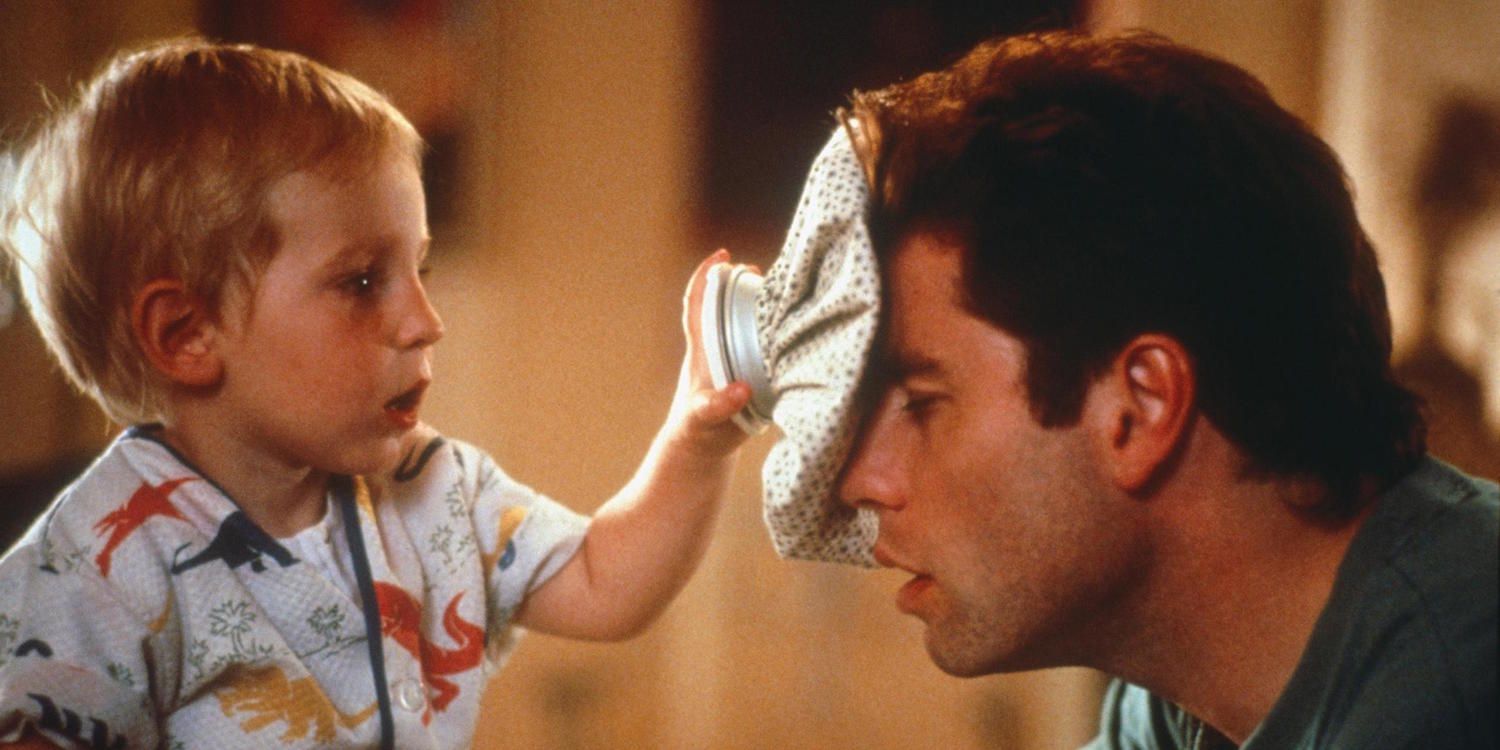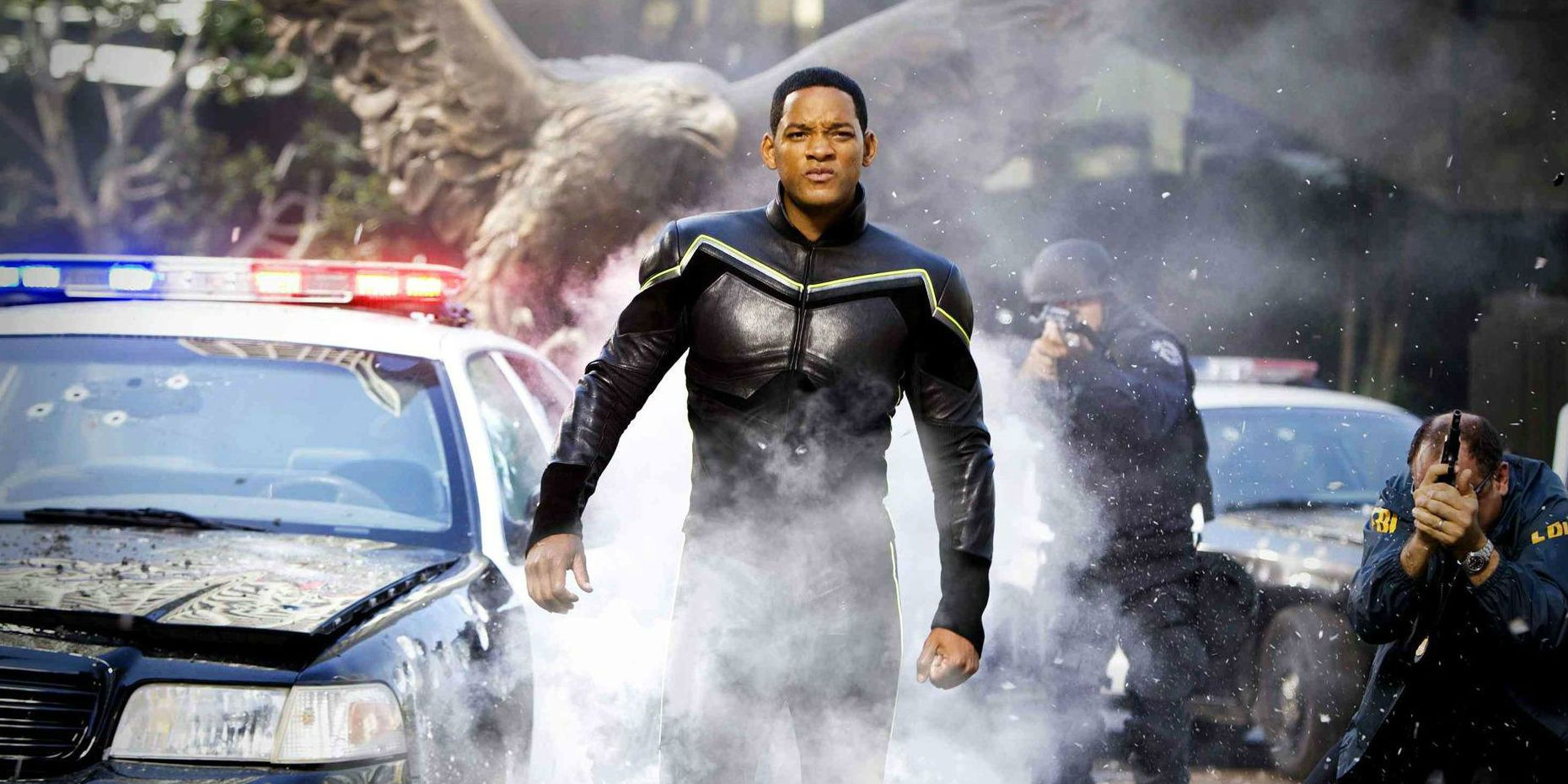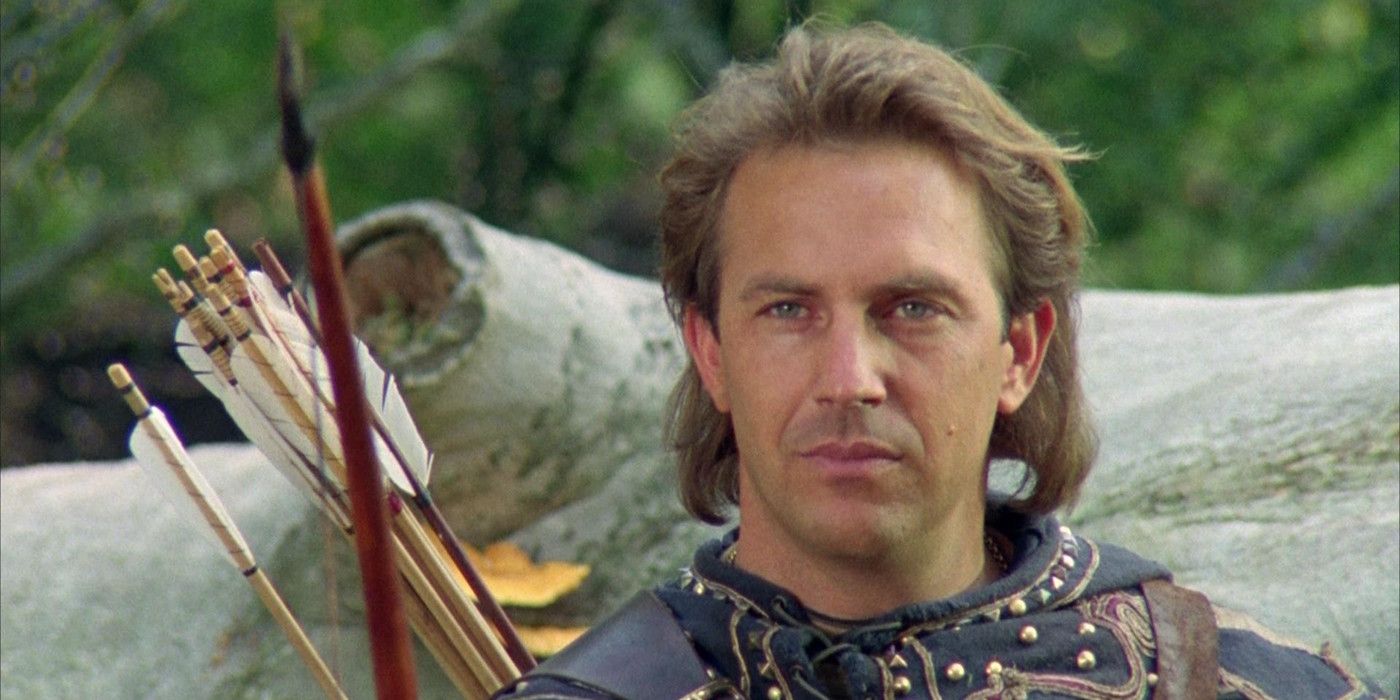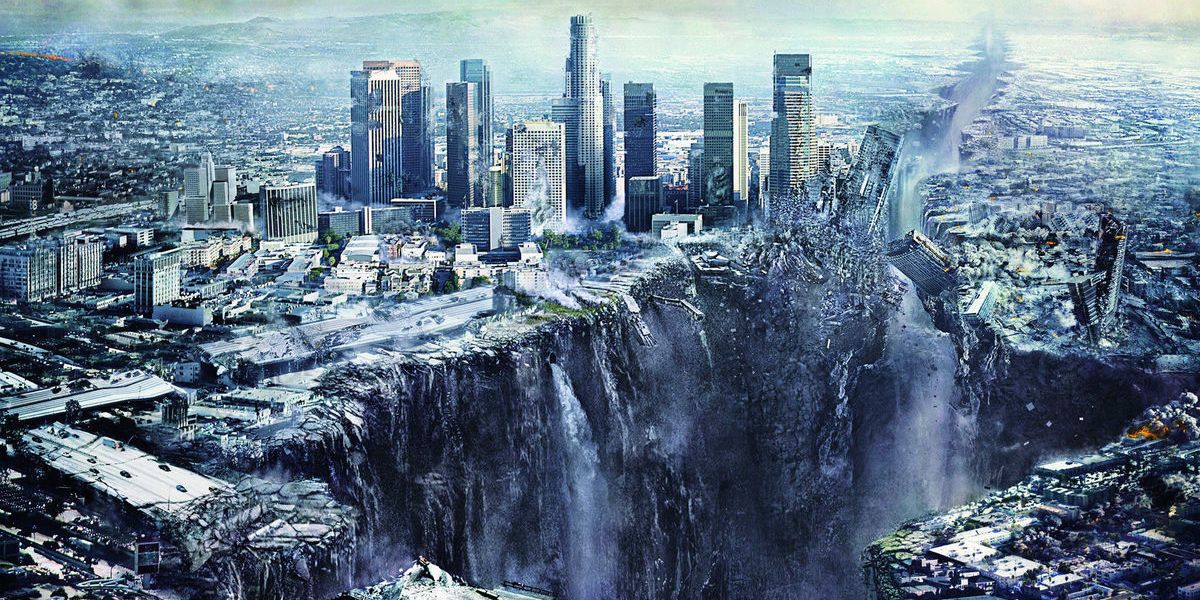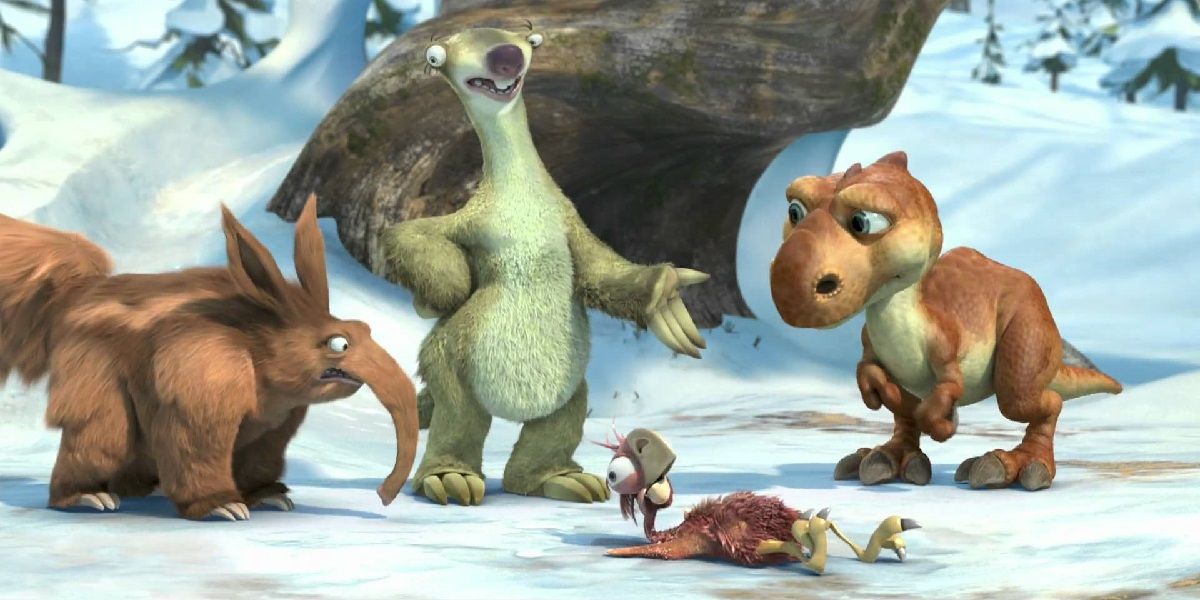Before all else, the movie business is just that: a business. Hollywood has spent over a century trying to figure out the best way to lure people into movie theaters, and given the amount of money it’s generated, it has done a fairly good job. But a lucrative movie is not the same thing as a good one. Some of the most influential, memorable films of all time have been minor successes (or even failures) at the box office.
The flip side of that coin is that some of the biggest box office successes of all time have been completely forgettable, mere blips on the pop culture radar. In this list, we'll count down the biggest box office successes that ended up slipping out of the cultural consciousness as quickly as they entered. These aren’t the worst movies of all time, as they can’t be so notoriously bad you don’t remember them, and they aren’t the least popular movies of all time, as they had to have turned a serious profit at the box office to make it here.
These are 17 Box Office Hits So Bad You Completely Forgot Them.
Big Daddy (1999)
Love him or hate him, there’s a reason Adam Sandler continues to be able to make movies, and it’s the bottom line. Studios will always back him because people turn out to see his movies where he stars as an immature jerk that somehow winds up in a relationship with a spectacularly beautiful woman - and because of his lucrative product placement deals.
1999’s Big Daddy is perhaps the most forgettable entry in the Sandler formula.
Boasting neither the hilarious moments of Happy Gilmore nor the thoughtfulness of Funny People nor the memorable oddness of The Waterboy, it ends up an awkward, sentimental blur. Surprisingly, it’s also the second most successful movie Sandler has been a part of in terms of domestic box office gross (number one is Hotel Transylvania 2). Considering that Sandler has made a career of solid box office hits, that’s no mean feat.
Terminator: Genisys (2015)
Never has a film built up so much hype prior to its release only to vanish so completely afterward. The Terminator film franchise has a troubled history— after its first two stellar installments, each successive entry has garnered less and less praise from critics. The awkwardly named Genisys is no exception here, as it opened to negative reviews from critics and fans alike.
Yet, somehow, Genisys was one of the most profitable entries in the franchise, grossing more money worldwide ($440 million) than any other Terminator movie except for Terminator 2: Judgment Day. Hindered by a confusing plot involving an alternate reality, Genisys’ silly name is more memorable than the movie itself, as it passes by in a slog of sci-fi jargon and Jai Courtney.
Alvin and the Chipmunks: The Squeakquel (2009)
Much like Terminator: Genisys, the main reason audiences remember this film is for its cringe-inducing title, rather than the movie itself. Even fans of Alvin and the Chipmunks likely can’t recall too many details about this film, as it so easily blends in with the other Chipmunks sequels. Surprisingly, The Squeakquel was actually the most successful of the four films in the franchise, raking in well over $400 million.
Each successive Chipmunks sequel made less money at the box office, but they couldn’t do much worse than The Squeakquel in terms of critical reception. With its 20% on Rotten Tomatoes, only the most entertainment-starved children counted themselves as fans of the film. Everyone else did their level best to forget about it as soon as possible.
Clash of the Titans (2010)
It’s hard to make a war between gods and humans involving gigantic monsters bland, but Hollywood found a way. This remake of the 1981 classic had a strong cast (Liam Neeson as Zeus, just to start) and a large budget, and it translated into a worldwide box office gross of almost $500 million.
Asking audiences to remember the story they just witnessed, however, was a different challenge altogether.
Clash of the Titans plays like a greatest-hits tribute band CD of Ancient Greek myths, trotting out familiar figures like the Kraken and Medusa so the hero, Sam Worthington, can promptly kill them. Critics were harsh on director Louis Leterrier, giving the film a 28% on Rotten Tomatoes as they complained of a muddled plot and surprisingly dull visuals.
Angels and Demons (2009)
Perhaps the best way for a blockbuster hit to find its way onto this list is to be a sequel that isn’t ambitious enough to do anything to innovate the original film’s formula. Angels and Demons certainly falls into this category (although it’s technically a prequel). It may have made nearly $500 million, but most people can’t really differentiate between it, The Da Vinci Code, and Inferno - the three films based on the books by Dan Brown.
In each of the three movies, Tom Hanks plays a university professor whose expertise comes perfectly in handy on an adventure involving art history and iffy science. Each film sees Hanks stop an evildoer with the power of being a history professor and end up with a different, much younger woman. Angels and Demons was more successful than Inferno and more forgettable than The Da Vinci Code, so it finds its way here.
Troy (2004)
Ancient Greek epic poems are not usually the stuff of blockbusters, but Hollywood has a long history of trying to turn the old myths into box office gold.
There have been plenty of success stories, like Wolfgang Peterson’s 2004 film Troy, an adaptation of Homer’s Iliad. Troy took home nearly $500 million thanks to high production value and A-list cast, but its critical reception was not so warm.
Actually, partially because of American critics and audiences passing the film off as mediocre, Troy was viewed as a box office flop. The film took home just $133 million in its domestic gross, not even earning back its production budget. It was the global market that saved Troy and pushed it to its impressive eventual total. In America the film is still viewed as an overlong, overly boring disappointment.
Sherlock Holmes: A Game of Shadows (2011)
The sequel to 2009’s Sherlock Holmes, A Game of Shadows appeared to have it made— not only were Guy Ritchie, Robert Downey Jr., Rachel McAdams and Jude Law all returning, but they were bringing in Jared Harris to play Holmes’ archnemesis, Moriarty. This appeal certainly did bring in viewers. While A Game of Shadows lagged behind its predecessor in domestic gross, it actually outperformed the original worldwide, bringing in a cool $545 million.
A movie doesn’t leave a mark on pop culture with box office receipts alone.
Where Sherlock Holmes had been new and refreshing with its rough-and-ready take on the legendary detective, its sequel felt stale. Add in more than a few implausible plot devices, and you have a recipe for a movie that was entertaining while it lasted, but unmemorable once audiences left the theater.
Mission: Impossible II (2000)
John Woo is a legendary action director, known for an over-the-top aesthetic involving slow motion and lots of gunfire. Bringing him in to direct the sequel to Brian De Palma’s classic spy thriller Mission: Impossible seemed like a no-brainer at the time.
Unfortunately, most viewers found Mission: Impossible II to be a slog, with a few fun action set-pieces but no real substance.
A good way to judge what audiences thought of an entry in a blockbuster franchise is to look at the box office gross of the movie that comes after it. People liked De Palma’s Mission: Impossible, so Mission: Impossible II sold even more tickets, taking in $546 million. But people did not like that film, so Mission: Impossible III did worse than either of its predecessors.
While Mission: Impossible II may have sold tons of tickets, it almost killed off all enthusiasm for the franchise until Ghost Protocol in 2011.
The Day After Tomorrow (2004)
Consider The Day After Tomorrow a kind of proto-2012. One of many bombastic disaster films from Roland Emmerich, this one played on fears of global warming to dramatize an environmental catastrophe. Perhaps because it fed into the debate over whether climate change was real and man-made, The Day After Tomorrow made well over $500 million.
Just like 2012, The Day After Tomorrow managed to draw in crowds with its flashy CGI visuals, but ultimately, its marketing campaign focused on the Statue of Liberty frozen in ice has turned out to be more memorable than the film itself.
Critics hammered the lackluster dialogue and nonsensical plot, and audiences just weren’t as entertained as they were by Emmerich’s previous effort, Independence Day. In the end, The Day After Tomorrow may have been profitable, but its biggest impact on pop culture was its poster.
World War Z (2013)
Max Brooks’ novel World War Z is a unique work in the history of zombie stories. Instead of a nail-biting thriller or allegorical horror story, the novel is an oral history, an interviewer traveling the world after humanity has already survived the zombie outbreak.
The film adaptation of the novel did not stick to that approach, instead turning it into a big-budget action movie, with the intent to generate sequels.
Critics were divided on this choice, and Rotten Tomatoes records an average score of 6.2/10, a mediocre score if ever there was one. While Paramount has bumbled their way through a troubled development cycle for the sequel, audiences seem to have largely forgotten about World War Z, despite the fact that it took in $540 million worldwide.
The Smurfs (2011)
Les Schtroumpfs, the Belgian comic franchise, is a beloved children’s classic, known for its adorable art. The Smurfs, on the other hand, is a loud, grating blockbuster movie that forces Neil Patrick Harris and Hank Azaria to make the easiest, cheapest kids entertainment possible.
Boasting a 22% on Rotten Tomatoes, The Smurfs is yet another forgettable kids movie; the kind parents take their children to out of desperation.
Yet it seems that plenty of parents were desperate enough to sit through The Smurfs, as it raked in $563 million worldwide, more than enough to generate sequels. For whatever reason, instead of presenting a normal Smurfs story, Raja Gosnell’s 2011 film decided to send the Smurfs to present-day New York City in an awkward, unfunny fish-out-of-water scenario. The approach was so bad Sony Pictures Animation rebooted the franchise just six years later with Smurfs: The Lost Village.
The Hangover Part II (2011)
The Hangover, a buddy comedy film about a bachelor party gone horribly awry when the groom goes missing and his friends can’t remember where they left him, is a classic comedy. Boasting laugh lines that have gone on to become indelible parts of pop culture, it was the sleeper hit of 2009.
The Hangover Part II, however, was not so lucky. Fans of the original were eager to see the next installment, and so it scored at the box office - until people actually saw the movie. Claiming a 33% on Rotten Tomatoes (a huge drop from its predecessor’s 79%), The Hangover Part II may have made nearly $600 million, but it just wasn’t funny enough to be as good or as memorable as the first.
Look Who’s Talking (1989)
Younger readers may not even know this film existed, but please take our word for it when we say that yes, John Travolta and Kirstie Alley really did make a movie where they play a couple whose baby son is voiced by Bruce Willis. And yes, that film really did go on to become a wild success at the box office.
Against a reported budget of $7.5 million, Look Who’s Talking made almost $300 million - which would be worth almost twice that when adjusted for inflation.
While the movie was successful enough to generate a sequel, Look Who’s Talking Too made considerably less money. Perhaps that's because America came to its senses, looked itself in the mirror, and decided it wasn’t going to spend money to see a second movie where the whole gimmick was that babies were talking.
Hancock (2008)
Just as the superhero craze was really starting to heat up, Will Smith came along with a drunken take on the genre. The premise of Hancock is simple: what if Superman was an alcoholic loser who didn’t really care what kind of property damage he caused during his adventures? While that premise is strong, an odd twist led to an unsatisfying ending that left critics and audiences hanging.
In the end, it may have been intriguing, but it was only a mediocre story, easily forgotten.
At the very least, however, Hancock should have been proof that superhero movies with a black star can succeed, as the film took home over $600 million in its worldwide box office gross. It may not have been the best movie, but studios should have taken note: not every superhero needs a white dude on the poster to be lucrative.
Robin Hood: Prince of Thieves (1991)
Hollywood has been trying to reinvent the myth of Robin Hood for a century now, as leading man after leading man has taken a crack at playing Robin of Locksley. Much like Russell Crowe, Taron Egerton, Errol Flynn, and many others, Kevin Costner tried his luck— but it didn’t go so well for him.
Despite winning performances from Alan Rickman and Morgan Freeman, Robin Hood: Prince of Thieves fell flat thanks to a confused performance from Costner and a bland, uninspiring plot. But it came out at Costner’s peak, making $390 million worldwide. That may not seem as much as some of the other entries here, but remember that it came out in 1991. Adjusted for inflation, it made over $700 million in today’s money.
Despite the success, audiences largely forgot it, and waited for the next A-lister to try his hand at the role.
2012 (2009)
December 21, 2012 was supposed to be a big deal. Supposedly that was the day that the ancient Mayan calendar ran out, foretelling the end of the world. Naturally, this story caught hold of the popular consciousness, inspiring everything from actual apocalyptic cults to Hollywood films.
The biggest and loudest of these films was Roland Emmerich’s 2012.
2012 boasted a great cast and cutting-edge special effects thanks to a budget of $200 million, and those factors plus the cultural fascination egged the movie on to a worldwide box office gross of over $750 million. Critics and audiences didn’t enjoy their time spent watching John Cusack try to outrun the apocalypse, though, as 40% of critics on Rotten Tomatoes and 46% of audiences said they liked the film.
Once it became apparent that the world was not, in fact, ending, 2012 faded very quickly from our minds.
Ice Age: Dawn of the Dinosaurs (2009)
To be completely honest, we could have used more than one entry in the Ice Age franchise here— Continental Drift would have worked just as well. Both Dawn of the Dinosaurs and Continental Drift boast voice casts full of celebrities, nice animation, and aggressively scientifically inaccurate plotlines. Neither are much loved by critics or audiences, and both made nearly $900 million at the box office in total worldwide gross.
Now, to make upwards of $800 million on one movie is impressive, to sustain that popularity across the third and fourth installments of a multi-movie kids franchise is genuinely remarkable. Yet the strange thing is that if you ask most people, they’ll likely only remember the first Ice Age film, and they’ll be shocked if you tell them that movie received four different sequels.
---
Did you remember any of these box office hits? Let us know in the comments!

